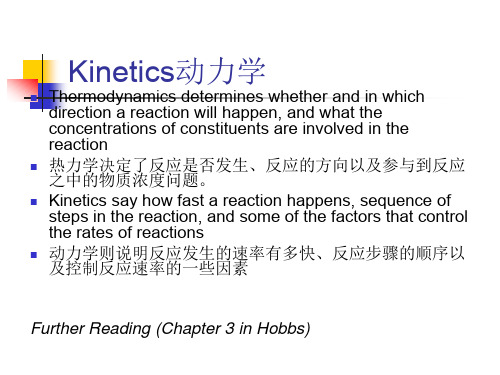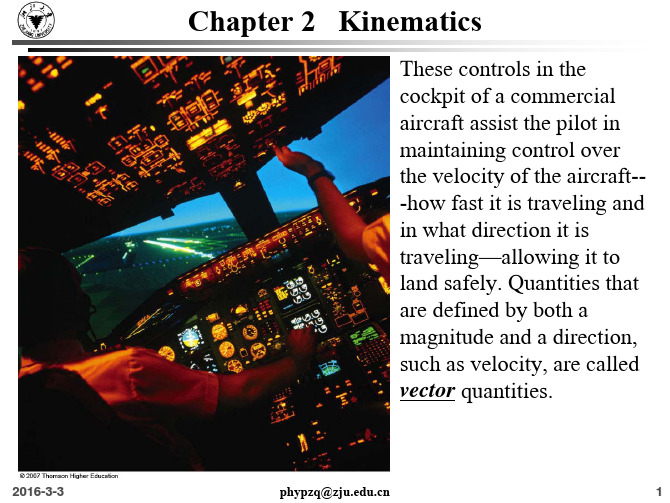KINEMATICS AND DYNAMICS OF AN OMNIDIRECTIONAL MOBILE PLATFORM WITH POWERED CASTER WHEELS Ab
- 格式:pdf
- 大小:1.21 MB
- 文档页数:10





Kinematic Control Robot MovementRobots are becoming increasingly prevalent in our society, and one area where they are making a significant impact is in the field of kinematic control for robot movement. Kinematic control refers to the use of mathematical equations to determine the motion of a robot's end effector, allowing for precise and accurate movement. This technology has a wide range of applications, from manufacturing and assembly to medical and surgical procedures. However, there are several challenges and considerations that must be addressed when implementing kinematic control for robot movement.One of the primary challenges in kinematic control is ensuring the accuracy and precision of the robot's movements. This is particularly important in applications such as surgery, where even the smallest deviation from the intended path can have serious consequences. To address this challenge, engineers and researchers are constantly developing and refining algorithms and control systems that can account for factors such as friction, backlash, and other sources of error. Additionally, advances in sensor technology, such as the use of force feedback and vision systems, are helping to improve the accuracy of kinematic control.Another consideration in kinematic control is the need to balance speed and accuracy. In many applications, such as manufacturing and assembly, it is important for robots to be able to move quickly while still maintaining precise control over their movements. Achieving this balance requires careful tuning of the robot's control systems and the use of advanced motion planning algorithms. This is an area of active research, as engineers seek to develop new techniques for optimizing the performance of kinematically controlled robots.In addition to technical challenges, there are also ethical and societal considerations that must be taken into account when implementing kinematic control for robot movement. For example, in the field of medicine, there is a growing concern about the potential for automation to replace human workers, particularly in surgical procedures. While kinematically controlled robots can offer significant benefits in terms of precision and repeatability, there is also a need to ensure that they are used in a way that complements and enhances the skills of human surgeons, rather than replacing them altogether.Furthermore, there are concerns about the potential for misuse of kinematically controlled robots, particularly in military applications. The ability to precisely control the movement of a robot, particularly in autonomous systems, raises questions about the ethical implications of using such technology in warfare. There is a need for careful consideration and regulation of the use of kinematic control in military robotics to ensure that it is used in a responsible and ethical manner.Despite these challenges and considerations, the potential benefits of kinematic control for robot movement are significant. In manufacturing and assembly, kinematically controlled robots can improve efficiency, quality, and safety. In medicine, they can enable new procedures and treatments that were previously not possible. In exploration and research, they can be used to access environments that are too dangerous for humans. As such, it is important to continue advancing the field of kinematic control while also addressing the associated challenges and considerations.In conclusion, kinematic control for robot movement is a rapidly advancing field with a wide range of applications and potential benefits. However, there are several challenges and considerations that must be addressed, from technical issues related to accuracy and speed to ethical and societal concerns about the impact of this technology. By carefully considering these factors and continuing to advance the state of the art in kinematic control, we can ensure that this technology is used in a responsible and beneficial manner.。
